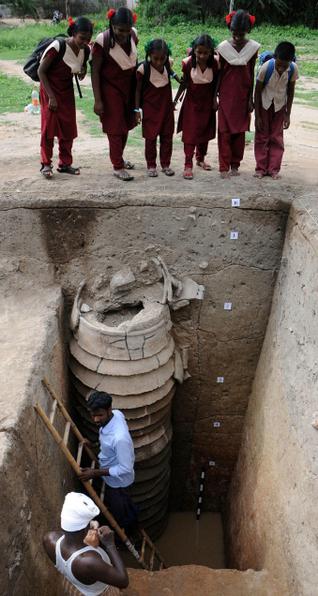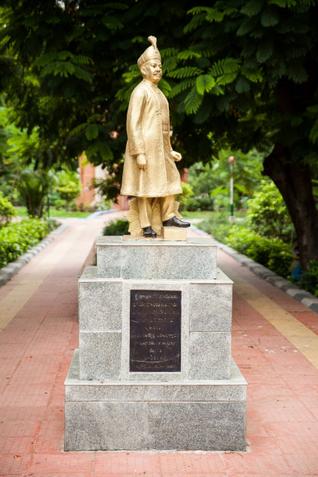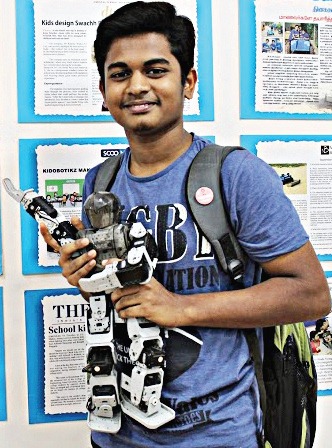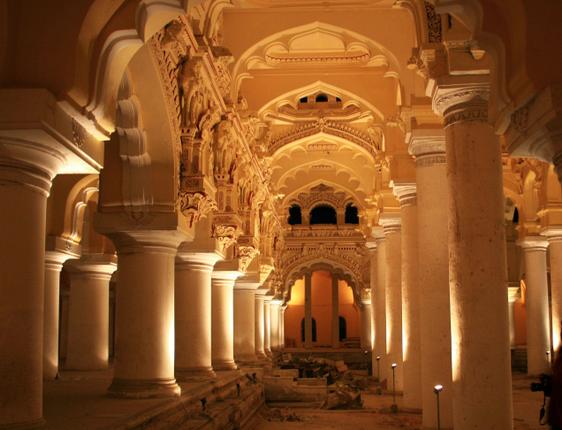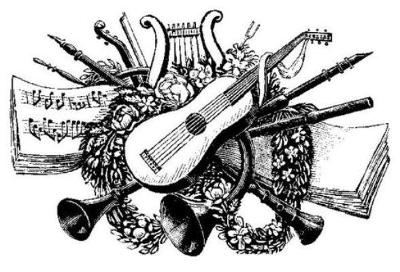
Chennai:
When Carnatic musician Chitravina N Ravikiran decided to set the 1,330 Thirukkural verses to tune, music just flowed through him. Notes and rhythmic structures effortlessly set themselves to suit the ancient couplets and history was made. A project that was to take 50 hours of work was miraculously finished in 16 (composing) hours, creating a world record.
The Historic Thirukkural Project, which was completed on January 14, was launched in India on Thursday at the Narada Gana Sabha by Potramarai president L Ganesan.
“The project is unique as the verses are secular, non-religious and non-regional. But the verses haven’t been brought on to a music or dance platform, except sporadically. The idea of the project is to enrich the classical repertoire by setting the couplets to tune. Also, it’s easier to remember something when it is presented in melodious tunes,” says Ravikiran, who was inspired by celebrated poet Sri Vedanta Desika who is believed to have composed over 1,000 verses overnight in praise of Lord Ranganatha.
The project was conceptualised on January 9 and Ravikiran got to work almost instantly, beginning as early as January 12, as he didn’t want to lose the momentum. Consisting of 1,330 couplets, the Thirukkural is part of the Tamil sangam literature and was authored by famed poet Thiruvalluvar.
And musically rendering one of the most revered works of Tamil language was quite challenging even for the Chitravina virtuoso.
“The couplets are unevenly sized and it was difficult to fit them in the existing talas. I had to come up with different rhythmic structures to make them fit lyrically,” says Ravikiran, explaining that he used his musical and lyrical experience to tune the verses as faithfully as possible.
The harmonious rendition of the ancient verses was launched on Thursday and is available on Ravikiran’s YouTube channel.
source: http://www.timesofindia.indiatimes.com / The Times of India / News Home> Cities> Chennai / TNN / July 05th, 2016
